Since 1990, the price of ground beef at the grocery store has gone up 40% while the price of live beef cattle has dropped by 50% (figures adjusted for inflation). Why is the consumer paying big, and the beef rancher going broke? Where is all the money going?
- Beef Labeling Bill
- “GRASSFED BEEF 101”
- EAT WILD
- SALAD BAR BEEF BOOK
- FARM ON THE WEB MARKETING COURSE
In this article I am going to give a brief explanation of how the conventional beef industry works, why the prices at the grocery store are so high, and 3 ways you can still profit off beef cattle in 2022.
Whether you are a grocery shopper or aspiring beef rancher, the upcoming article will help you navigate the beef crisis in 2022.
Explaining US Beef Supply Chain:

In the United States there are 2.04 MILLION ranchers, 26,586 feed lots, 4 meat packers, and 355 million consumers. If you were following closely, you will already realize a bottleneck in this system. In the conventional beef industry the cow-calf producer raises a calf for 6-12 mos. The calves are then auctioned off to backgrounders and feed lots who fatten the beef for roughly 9 months. Finally, the feed lots sell the fattened cattle to meatpackers who, within a week, process and pack the beef for distribution to grocery stores.
The pricing in the beef cattle industry is largely dictated by the four meatpackers: Tyson, Cargill, JBS, and National Beef Packing Co. These four meatpackers control 80% of the United State’s beef supply. This hyper-centralization of processing, packing, and distribution is what enables live cattle prices to be manipulated and ultimately driven down.
Meatpacker manipulation is not a new thing in the United States. A web search on the “Big 5” will quickly show you that the beef industry has been battling the situation since 1890.
The margins in the meatpacking industry are huge. Kansas Cattleman Steve Stratford reported that in 2020 the Big 4’s margins on a choice steer hovered around $1000 per head. That same report indicated 500-600K head of choice steer are processed every week, giving the “Big 4” a collective gross margin of $2.6 BILLION per month.
There is a lot that goes into how meatpackers manipulate live cattle pricing, but the bottom line is that the “Big 4” have contributed to the 50% decline in live cattle pricing over the last 30 years.
Why are these packers driving US Beef rancher out of business? Don’t they need US beef producers to stay in business? Not entirely. In 2016 the USDA repealed enforcement of the MCOOL Act.
MCOOL stands for Mandatory Country of Origin Labeling. MCOOL “requires retailers to provide their customers with information regarding the country of origin of regulated commodities” such as beef, pork, and chicken (USDA.gov).
The repeal of MCOOL enables foreign beef carcasses to be imported, processed, and labeled “Product of the USA” simply because they were cut up and vacuum sealed in the USA. I predict a massive explosion in beef imports is coming down the pipe.
A proposition to reinstate MCOOL was introduced to the US Congress in September of 2021. If you are a beef rancher (or prospective beef rancher) I would highly recommend going here and following the instructions on how to contact your senator to support the bill.
Why is Beef so Expensive at the Grocery Store?:
The price of ground beef at the grocery store is up by 40% since 1990. This price increase has little to do with food shortages. As mentioned above, four meatpackers control 80% of our nations beef supply and there are two ways in which these meatpackers can manipulate consumer beef pricing. First, due to absence of competition, meatpackers can simply name their price. Second, meatpackers can limit supply output, thus manufacturing a supply-in-demand situation.
Each of these scenarios is stimulated by the absence of competition in the meatpacking industry.
The “Big 4” vs. “The other 20%”:

Small farmer makes up a greater portion of the remaining 20% of the meat supply chain. These small-scale meat growers collaborate with private processors to deliver meat direct to consumer. They are the saving grace of the US Food Supply Chain. Small farmers are the reason many Americans retained access to quality food during supply chain disruptions in 2020 and 2021.
The illustration below shows you the balance in the local farming system. Rather than a bottleneck of centralized processing power, local farmers work with private processors to deliver meat direct to the consumer.
The survival of the local farming system relies on the support of you, the consumer.
What can the grocery shopper do to keep meat prices from going up?:
As grocery shoppers we must find and support small growers. Go to EatWild.com for a directory of local meat growers in your area. Grocery shoppers face the same risk as the rancher. We will be financially compromised by meatpackers. Once local farmers and independent processors are gone, these four meatpackers will have complete control of meat production and pricing in the USA.
By supporting the small growers on EatWild.com you are securing a local food system and receiving a superior product. All of the producers on eatwild.com raise their animals on fresh pasture and not in feed lots. You may pay slightly more at a local farm than you would Walmart, but you are supporting a farm that could one day save your life.
How to make profit on Beef Cattle in 2022?:
There are 3 things you need to do to make a profit off of beef cattle in 2022. These 3 elements and more are outlined in Joel Salatin’s Book Salad Bar Beef. I highly recommend you read this book before buying cows.
- Go grass based. Select cows that have been bred for a grass based system (that link will take you to an article on how to select grass based genetics). Reduce feed inputs by carefully managing your forage resource. Use rotational grazing to increase the feed capacity of your land. Create stockpile pastures to avoid hay feeding as you overwinter. Only carry as many cows as your land can support without supplemental feed (overwintering excepted).
- Cut out the middle man. Finish your beef on grass and sell it direct to consumer. This route takes more elbow grease in the marketing and establishment phase, but it is the only way to eliminate the middle man. Take a look at Farm on the Web marketing classes for guidance on building out a direct to consumer marketing strategy.
- Avoid expensive infrastructure. In today’s beef market, tractors, trucks, and expensive barns will put you out of business before you get started.
-
 Raising Sheep Book Bundle (3 Books)$107.00
Raising Sheep Book Bundle (3 Books)$107.00 -
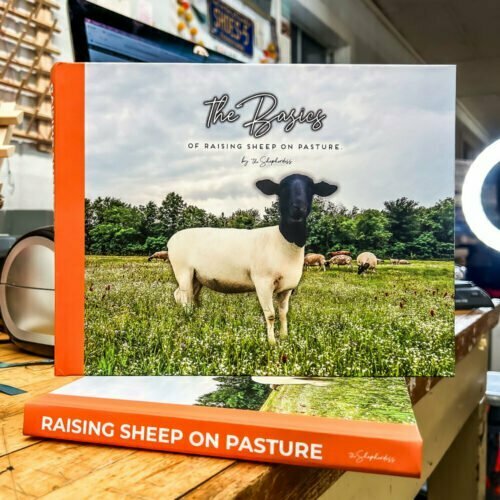 (E-BOOK) The Basics of Raising Sheep on Pasture$46.95
(E-BOOK) The Basics of Raising Sheep on Pasture$46.95 -
 The Basics of Raising Sheep on Pasture$46.95
The Basics of Raising Sheep on Pasture$46.95 -
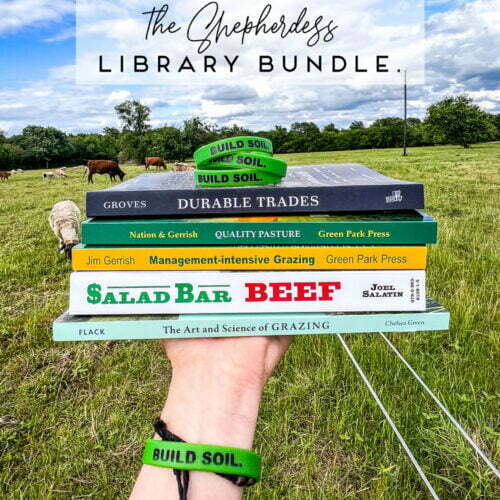 The Shepherdess Library Bundle (5 Books)$180.00
The Shepherdess Library Bundle (5 Books)$180.00 -
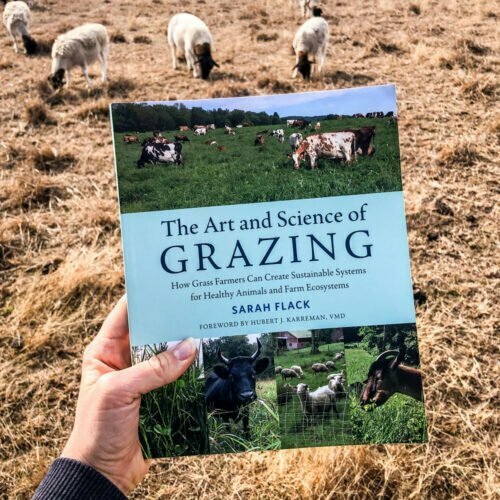 The Art and Science of Grazing Book by Sarah Flack$40.00
The Art and Science of Grazing Book by Sarah Flack$40.00 -
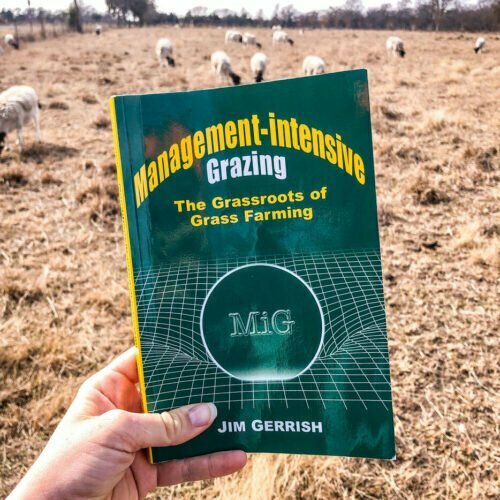 Management Intensive Grazing Book by Jim Gerrish$40.00
Management Intensive Grazing Book by Jim Gerrish$40.00 -
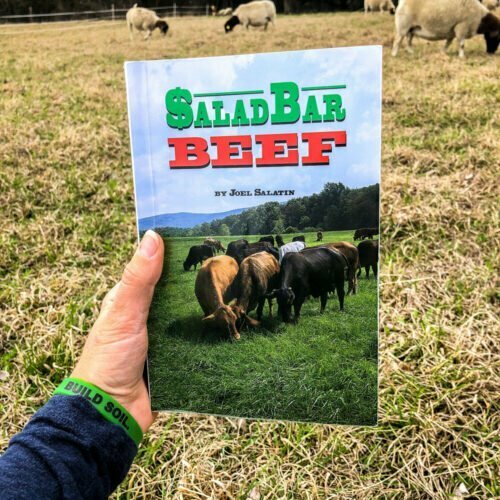 Salad Bar Beef Book by Joel Salatin$35.00
Salad Bar Beef Book by Joel Salatin$35.00 -
 The Shepherdess Library Bundle (5 Books)$180.00
The Shepherdess Library Bundle (5 Books)$180.00 -
 The Art and Science of Grazing Book by Sarah Flack$40.00
The Art and Science of Grazing Book by Sarah Flack$40.00
I believe there is huge opportunity for direct-to-consumer grass-fed beef sales in 2022. Grain prices are on the rise, paving the way for the price of grass fed beef to compete with grain fed beef for the first time ever. The rise in prices at the grocery store will curb the sticker shock that can sometimes accompany grass fed beef.
Warning!: As you enter the beef arena you are entering a war zone. Your competition is unwelcome. You will face policies and red tape that are designed to put you out of business. You must equip yourself to defend your turf as a small-scale beef producer.
-the Shepherdess
“The scatterer has come up against you. Man the ramparts; watch the road; dress for battle; collect all your strength.” Nahum 2:1

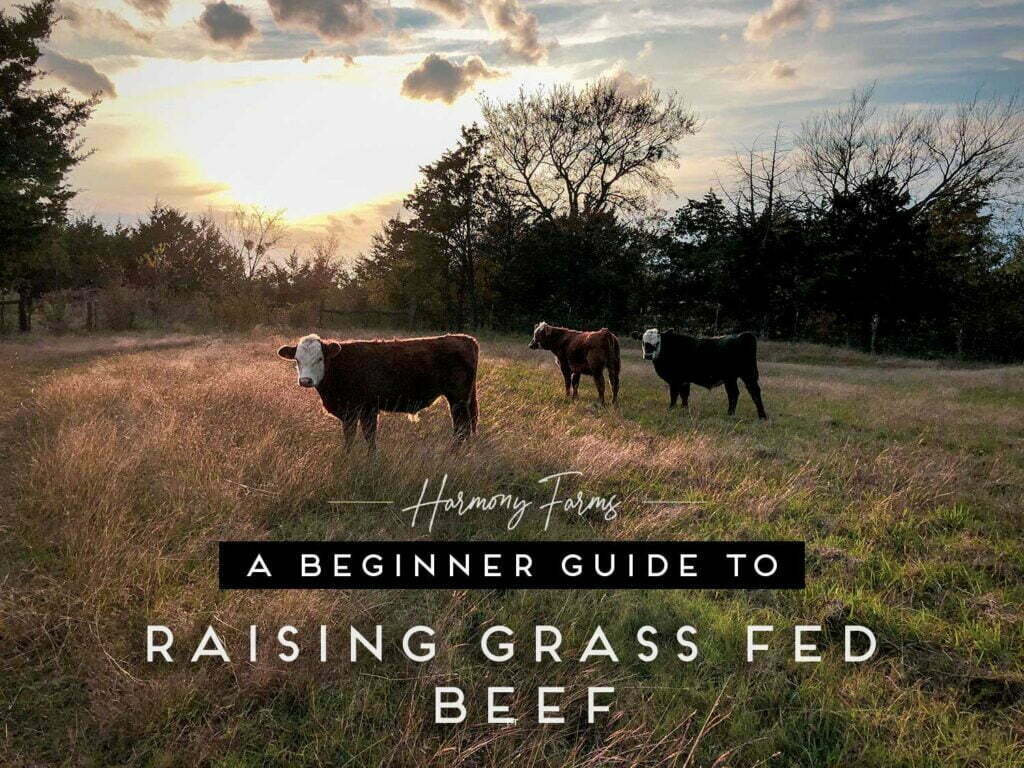
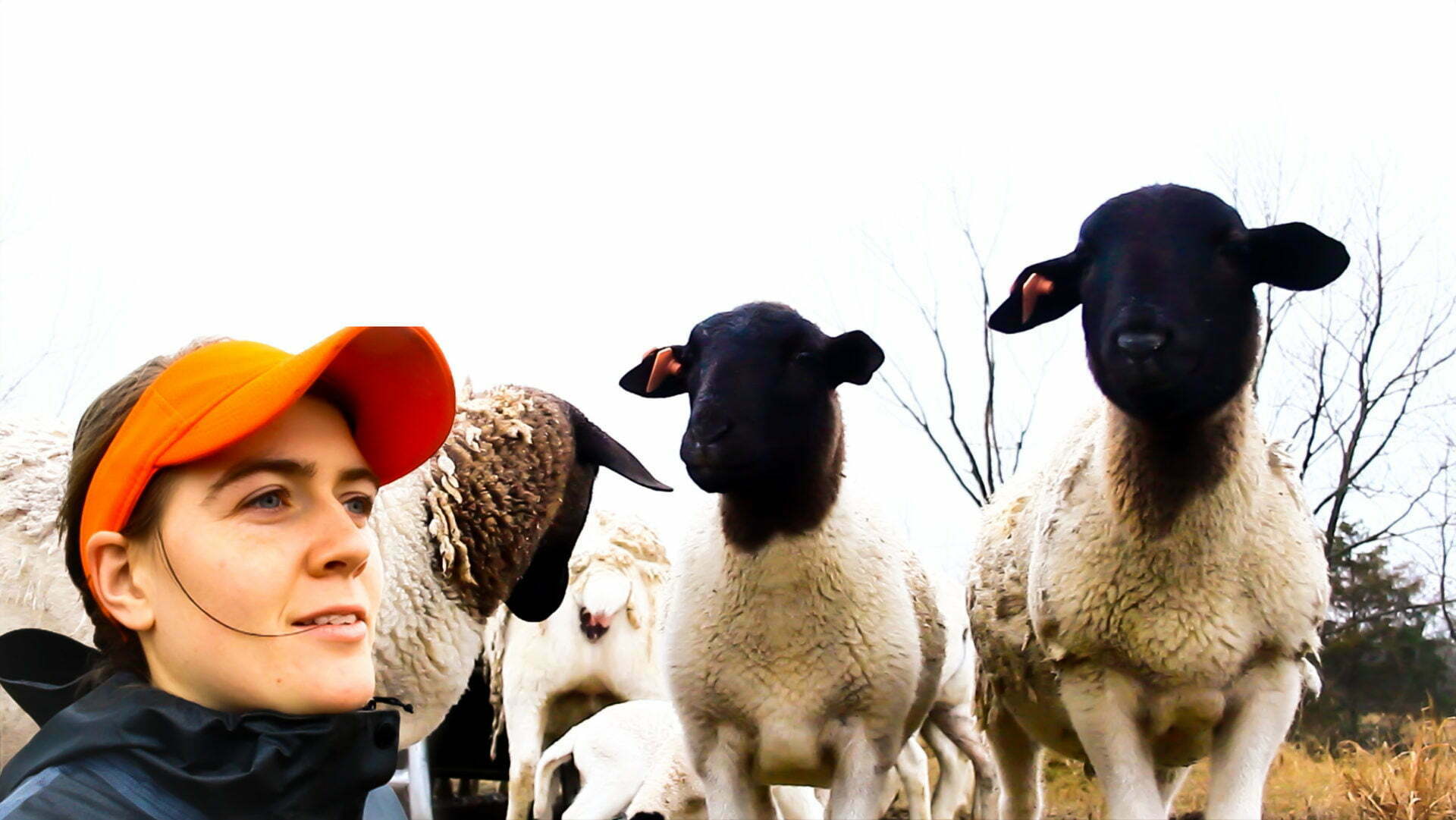
Hi Shepherdess,
I really enjoy your blog and thank you for publishing all this information.
In the below link is additional information from Matt Stoller regarding the differences between beef and cattle prices:
https://mattstoller.substack.com/p/beef-is-expensive-so-why-are-cattle
I look forward to your next post and wish you all the best.
Semper FI,
Luis
Great article! Thank you for sharing.
Had a question that maybe you could answer. We live in Texas where the law allows meat to be sourced directly from ranches. We have purchased meat this way several times, but this has always been 1.) more expensive and 2.) inconvenient. I followed the link for EatWild to see if I could find some more reasonably priced providers but they were all either the same price as Costco or a couple of dollars a pound more expensive. If what you are saying is true, that the cost is being driven up by the packers, then why isn’t buying meat from a rancher cheaper than going to the HEB down the street. Purchasing from a rancher is not convenient. I am willing to send my money their way provided that it doesn’t force me to both eat the cost of shipping (or the travel time of several hours to go to the ranch myself) and pay as much or more for the same meat.
Hi Jeremy,
That’s a valid question. Grocery store prices are lower due to the advantage of volume (higher volume = lower margins), subsidized feed costs (corn is a heavily subsidized feed source), and access to imports.
Small growers are working on a small scale which demands a higher margin in order to squeeze out a living. That said, try to find a local rancher and see if his prices are more reasonable! I have had several commenting on youtube that their local rancher beats the grocery store prices.
Thank you for commenting!
-the Shepherdess